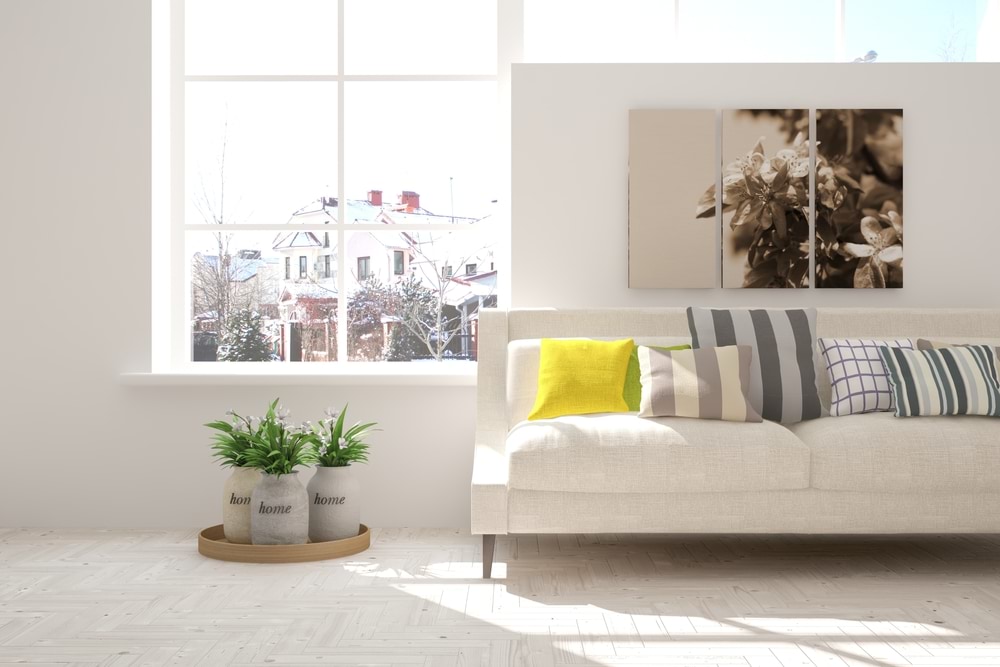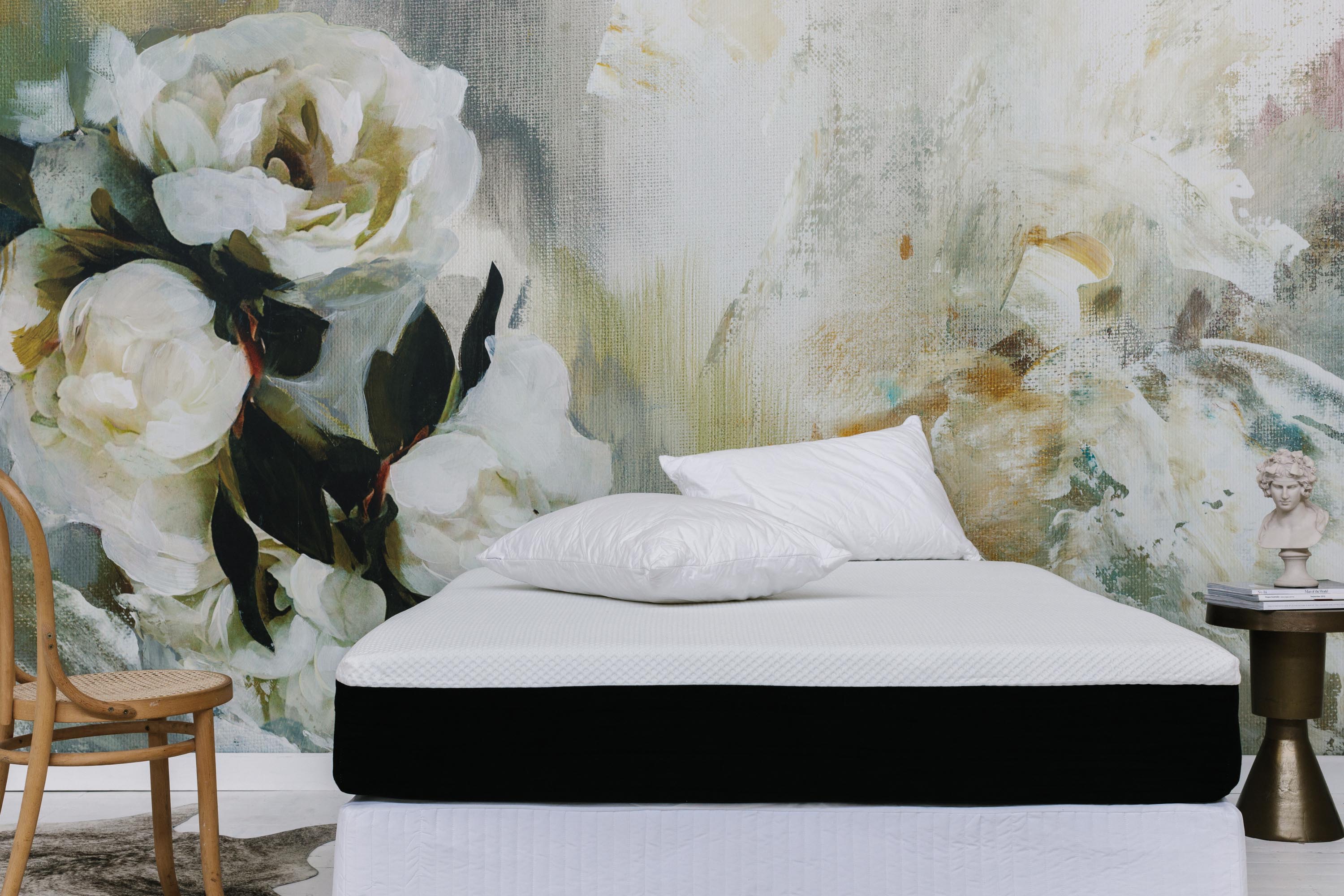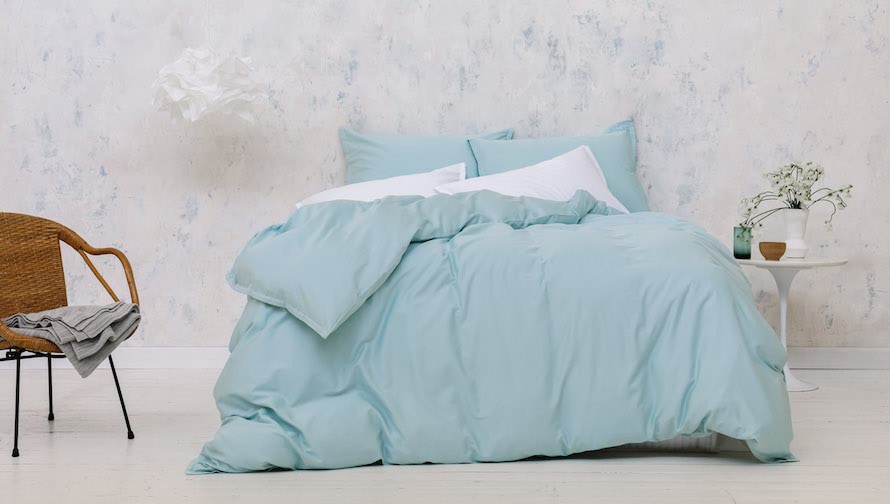Is Your Bedroom Decor Sabotaging Your Sleep?
5th Nov 2021
It's often said that great design is a balance of function and form. Give too much weight to one side of this equation and you’ll end up with a delightfully squishy but wholly unattractive brown sofa dominating your living room or a sculpturally beautiful, highly uncomfortable set of chairs around your dining room table.
Unfortunate design choices can be far subtler than these examples, especially when it comes to bedrooms; those unique spaces in the home where the normal rules don’t always apply. If you’re confused about this statement, remember that the primary function of the bedroom is sleep, meaning the design rules around light, colour and fabric choice should be adapted accordingly. With this in mind, it can be useful to cast a critical eye over your bedroom design, especially if you’ve noticed sleep is hard to come by. Ask yourself the following questions to find out whether your sense of style is sabotaging your sleep.
Could your room do with a tidy-up?
Did you know clutter can actually keep you awake? That pile of clothes in the corner, stack of books on top of the dresser and miscellaneous collection of odds and ends on your bedside table can create mental clutter; that harried sense of disorganisation in your mind. And, as we’re sure you know, it’s very hard to get to sleep when your brain is trying to sort through upcoming tasks, wondering where last week’s dry cleaning receipt is or whether you paid the electricity bill. Tidy your room and chances are you’ll also tidy your mind. Instead do calm decor that will add some clarity and life to your living space. It is an excellent idea to get some indoor pants, lovely cushions, a nice painting that brings joy and natural candles (not made of petrochemicals and nasties) with invigorating smell to awaken your senses.

Are your walls too bright?
Bright, bold colours excite the mind and encourage activity, making them perfect for your study or kitchen but less than ideal for the feature wall behind your bed. Busy wallpaper has a similar effect, stimulating your senses and sending your brain on one of those trains of thoughts that has you awake and confused at 1am. If you have an offending feature wall, consider redoing it in a more calming hue like a soft, pastel green or ballet shoe pink. If a single colour treatment feels a little too flat for your tastes, have a look at textured wallpaper: it’ll help you create interest without getting in the way of a restful night.

How's your lighting?
Your body uses light as the primary cue for releasing hormones that either keep you awake or help you nod off, meaning a bedroom with bright bulbs, downward-facing light fixtures, thin curtains and lots of electronic light-emitting devices isn’t conducive to a good night’s sleep. Luckily, these design flaws are easily fixed. Replace bright, fluorescent bulbs with those labelled as soft or warm white or invest in some cosy bedside lamps you can use after the sun goes down. If you’re ever kept awake by the pesky street light outside your window or the headlights of passing cars, invest in some thicker curtains or blinds to keep outside light to a minimum. Finally, turn off the tele, put away your phone and power down your e-reader at least an hour before you want to hit the hay.

How comfortable is your mattress?
Are you waking up through the night? Tossing and turning to find a comfortable position? Or hyperaware that every time you move, your mattress emits a series of noises and shockwaves that disturb your partner? If you answered yes to any of these, it’s time to get a new mattress. Look for one that offers good support and a high level of comfort, like a memory foam mattress. They’re a great option thanks to their ability to contour to your body shape, ensuring you get a good night’s sleep and wake up feeling refreshed. You should also look at updating your pillows, especially if you’re experiencing neck pain or they’ve lost some of their bounce.
What about your bedding?
Now that your mattress is taken care of, it’s time to look at your bedding. Waking up sweaty, with itchy skin, or because your sheets are loudly rustling are all signs you haven’t found your perfect match when it comes to sheets. Look for natural fibres with high breathability, like cotton or linen, and if you’re susceptible to allergies, try a material with anti-microbial properties, such as bamboo.
Is noise keeping you up?
Being woken up by the garbage truck once a week is an almost inevitable part of suburban living but if you’re aware of noises every night, it might be time to make some tweaks to your room. Clever surfaces, such as thick carpets and solid doors, are great at absorbing noise from within your own home (e.g. late night dishwasher cycles or loud television programs). For external noise, look to make adjustments to your window coverings or consider installing a ceiling fan or air conditioning so you can sleep comfortably with the windows closed.
If your bedroom doesn’t need any updates to make it a sleep-friendly space but you’re still finding it difficult to fall asleep, have a look at our previous post on pre-bedtime tricks for some ideas on priming your body for a restful night.

 Bedroom Clearance
Bedroom Clearance







 Australian Dollar
Australian Dollar
 New Zealand Dollars
New Zealand Dollars
 US Dollars
US Dollars


